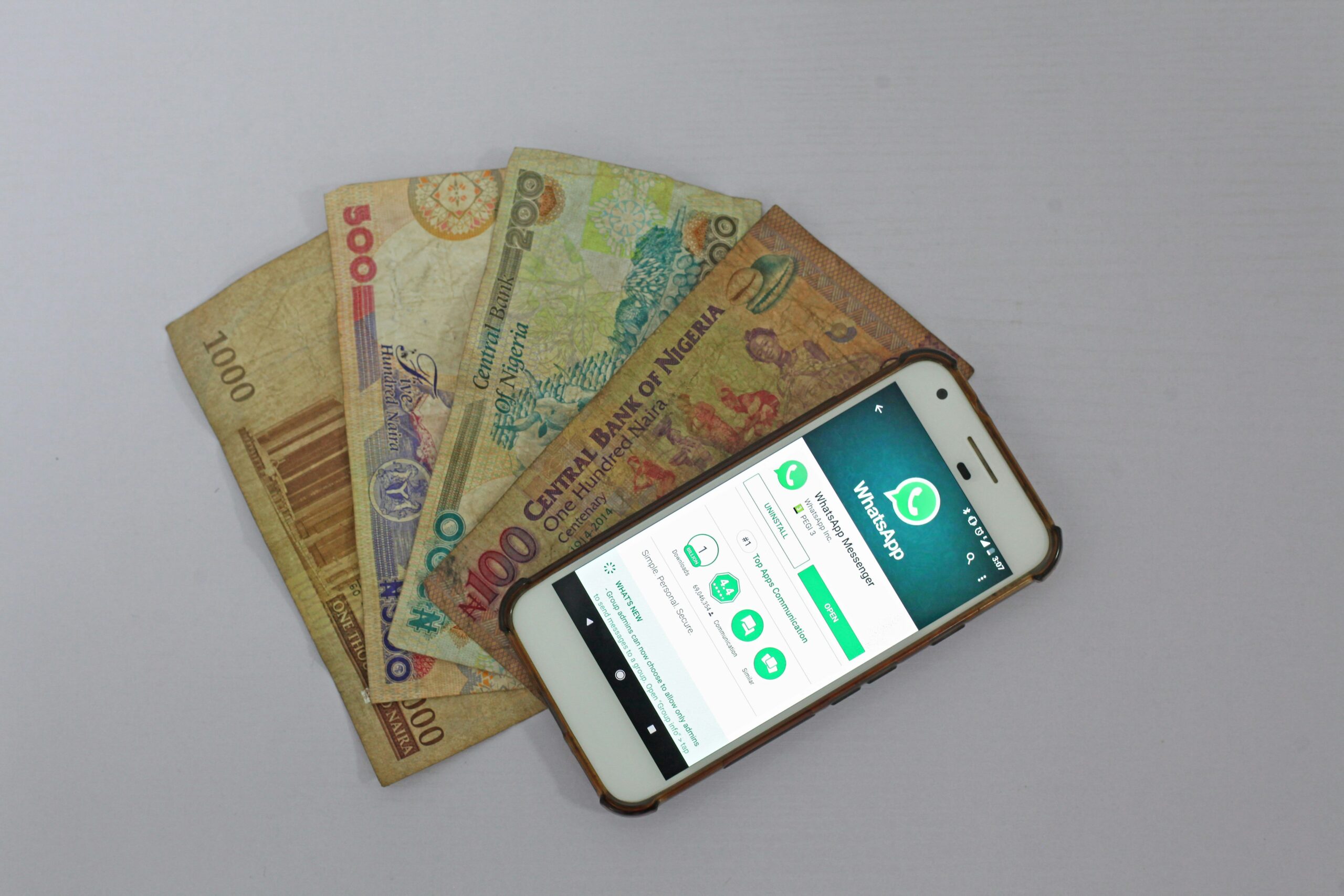Introduction
The Rise of Digital Currencies: Are We Ready for a Cashless Economy? The world of finance is undergoing a seismic shift. With the rapid growth of digital payment systems, blockchain technology, and cryptocurrencies, the idea of a truly cashless economy is no longer a distant vision—it’s an impending reality. But are we really ready to abandon physical currency entirely? Can digital currencies provide the security, accessibility, and stability needed for global financial systems?
This blog explores the rise of digital currencies, the opportunities and challenges of a cashless economy, and what the future holds for money as we know it.
Table of Contents
The Evolution of Money: From Barter to Digital
To understand the impact of digital currencies, we must first look at how money has evolved over time.
- Barter System (Prehistoric – 3000 BCE): Early civilizations relied on the direct exchange of goods and services.
- Commodity Money (3000 BCE – 1000 CE): Precious metals like gold and silver became standardized mediums of exchange.
- Paper Currency (1000 CE – 20th Century): Governments and banks introduced paper money, replacing metals with fiat currency.
- Electronic Banking (20th Century – Present): Credit cards, online banking, and mobile payment systems revolutionized financial transactions.
- Digital Currencies (21st Century – Future?): Cryptocurrencies, central bank digital currencies (CBDCs), and decentralized finance (DeFi) are challenging traditional monetary systems.
Each phase brought greater convenience, but digital currencies represent the most radical transformation yet.
Understanding Digital Currencies: Cryptos, CBDCs & Stablecoins
Digital currencies are not a monolithic concept. They can be broadly categorized into:
1. Cryptocurrencies (Bitcoin, Ethereum, etc.)
Cryptocurrencies operate on decentralized blockchain networks without central authority control. Bitcoin, the first cryptocurrency, was launched in 2009 to enable peer-to-peer transactions. Ethereum introduced smart contracts, expanding blockchain’s use cases.
Pros:
- Decentralized and immune to government intervention
- Borderless transactions with low fees
- Transparent and secure ledger technology
Cons:
- High volatility (Bitcoin’s value fluctuates wildly)
- Limited mainstream adoption
- Regulatory uncertainty
2. Central Bank Digital Currencies (CBDCs)
Unlike cryptocurrencies, CBDCs are government-backed digital versions of traditional fiat currencies. Countries like China (Digital Yuan), the EU (Digital Euro), and India (Digital Rupee) are actively developing or piloting CBDCs.
Pros:
- Stability due to government backing
- Faster cross-border payments
- Reduces costs associated with printing cash
Cons:
- Could lead to increased government surveillance
- Potential for monetary policy manipulation
- Might compete with commercial banks, impacting lending systems
3. Stablecoins
Stablecoins, such as USDT (Tether) and USDC (USD Coin), are pegged to real-world assets like the U.S. dollar to reduce volatility.
Pros:
- Combines crypto’s efficiency with fiat’s stability
- Used widely in decentralized finance (DeFi)
- Faster and cheaper transactions than traditional banking
Cons:
- Centralized nature undermines blockchain’s original decentralization goal
- Regulatory risks (recent lawsuits against Tether highlight transparency concerns)
With digital currencies reshaping finance, let’s examine how they could impact the global economy.
The Case for a Cashless Economy
A fully cashless society—where all transactions are digital—comes with numerous advantages:
1. Increased Financial Efficiency
Digital transactions eliminate the costs of printing, storing, and handling cash. Governments and businesses can process payments faster and reduce fraud risks associated with paper money.
2. Greater Financial Inclusion
Over 1.4 billion adults worldwide remain unbanked. Digital currencies and mobile wallets could help individuals in remote areas access financial services without needing traditional bank accounts. (Source: World Bank)
3. Reduced Corruption and Tax Evasion
Cash transactions often facilitate money laundering, bribery, and tax evasion. Digital payments create transparent, trackable records, enhancing accountability.
4. Faster Cross-Border Transactions
International remittances through traditional banking systems are slow and costly. Blockchain-based currencies enable near-instant global transfers at a fraction of the cost.
However, transitioning to a cashless economy isn’t without challenges.
Challenges & Risks of a Cashless Future
1. Digital Divide & Accessibility
Not everyone has access to the internet, smartphones, or digital literacy. A cashless economy risks excluding low-income populations, the elderly, and those in rural areas.
2. Cybersecurity Threats
Digital finance is vulnerable to hacking, fraud, and cyber-attacks. In 2023, hackers stole over $3.8 billion from cryptocurrency platforms alone.
3. Loss of Privacy & Government Surveillance
With all transactions traceable, governments could exert excessive control over personal finances, limiting financial freedom. China’s Digital Yuan, for instance, has raised concerns over state surveillance.
4. Economic Disruptions
- Bank Disintermediation: If people store money in CBDCs instead of banks, it could weaken the traditional banking system.
- Volatility Risks: Cryptocurrencies’ value swings make them unreliable for everyday transactions.
Given these concerns, what does the future hold?
Are We Ready? The Road Ahead for Digital Currencies
The transition to a cashless economy will be gradual rather than abrupt. To ensure a smooth shift, policymakers, financial institutions, and tech innovators must address key challenges:
1. Building Robust Digital Infrastructure
Governments must invest in digital payment systems, cybersecurity, and financial education to ensure accessibility for all.
2. Regulatory Clarity & Consumer Protection
Balancing innovation with regulation is crucial. While decentralization is appealing, clear legal frameworks are needed to prevent fraud and stabilize markets.
3. Coexistence of Cash & Digital Money
A hybrid model where physical and digital currencies coexist could provide flexibility while mitigating risks.
4. Financial Literacy & Public Trust
Educating citizens about digital finance, cybersecurity, and the risks of speculative investments (e.g., crypto trading) is vital for mainstream adoption.
Conclusion
Digital currencies are here to stay. While they offer speed, efficiency, and transparency, the path to a fully cashless economy is fraught with challenges. A balanced approach—one that ensures security, inclusivity, and stability—will determine the success of this financial evolution.
Whether we are ready or not, the future of money is digital. The question isn’t if we will embrace digital currencies but how we will navigate this transformation responsibly.
What are your thoughts? Is a cashless economy an inevitable reality, or should we retain traditional currency alongside digital innovations? Share your insights below!
Find more Finance content at:
https://allinsightlab.com/category/finance/

